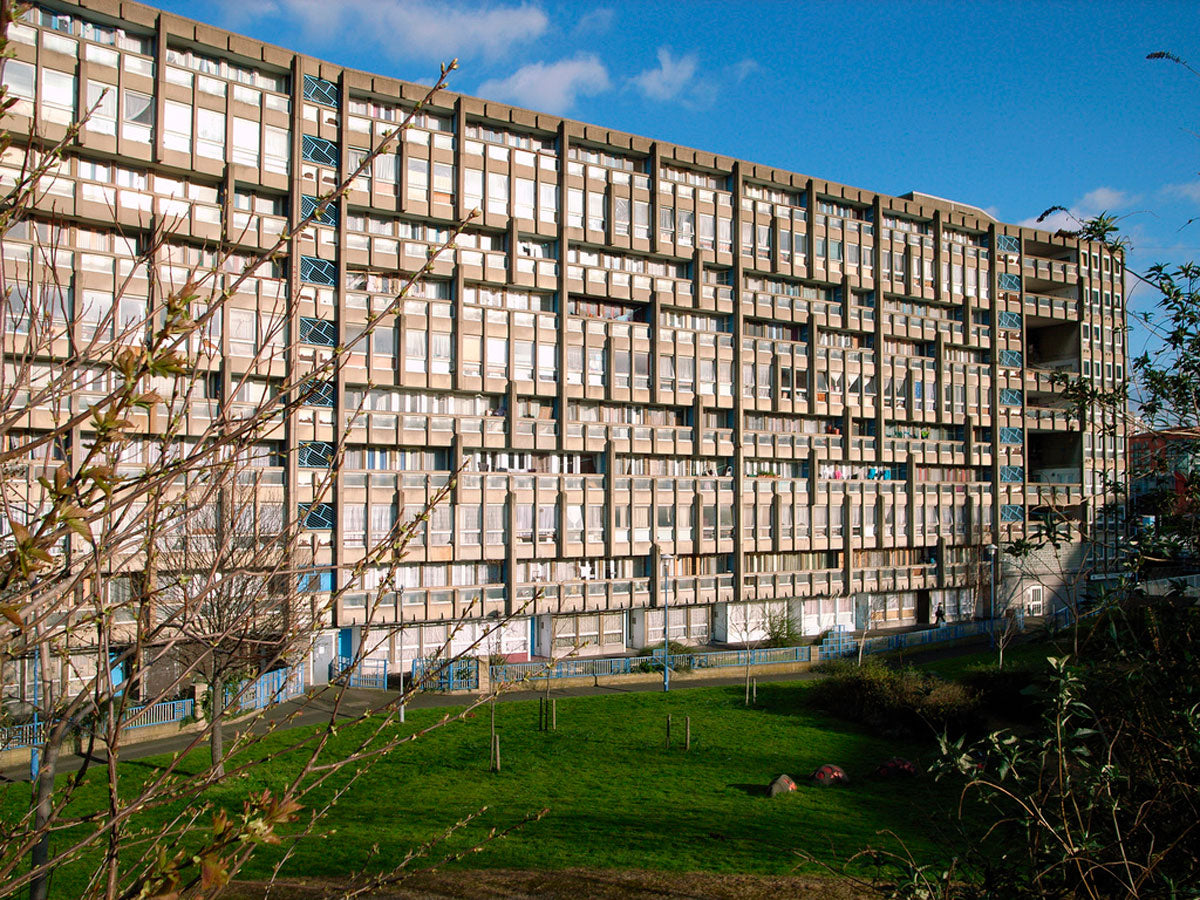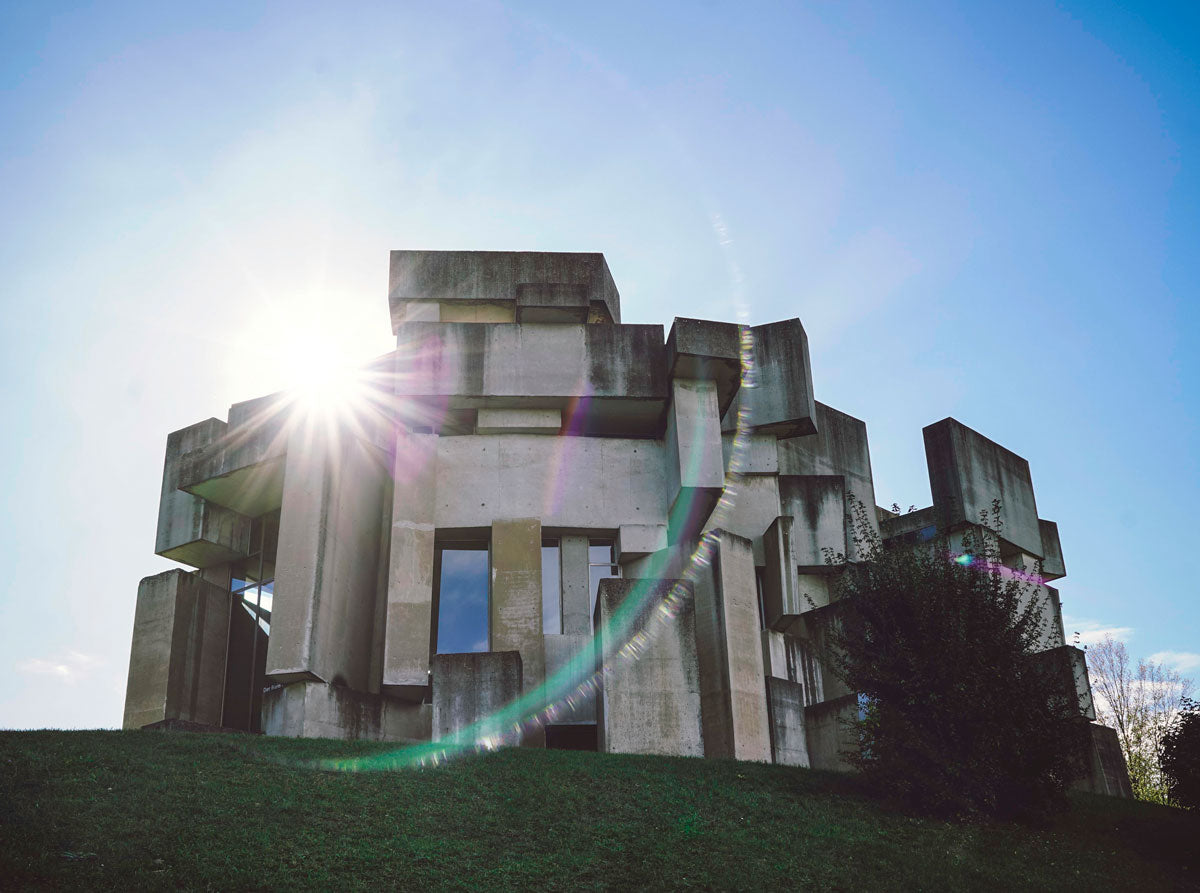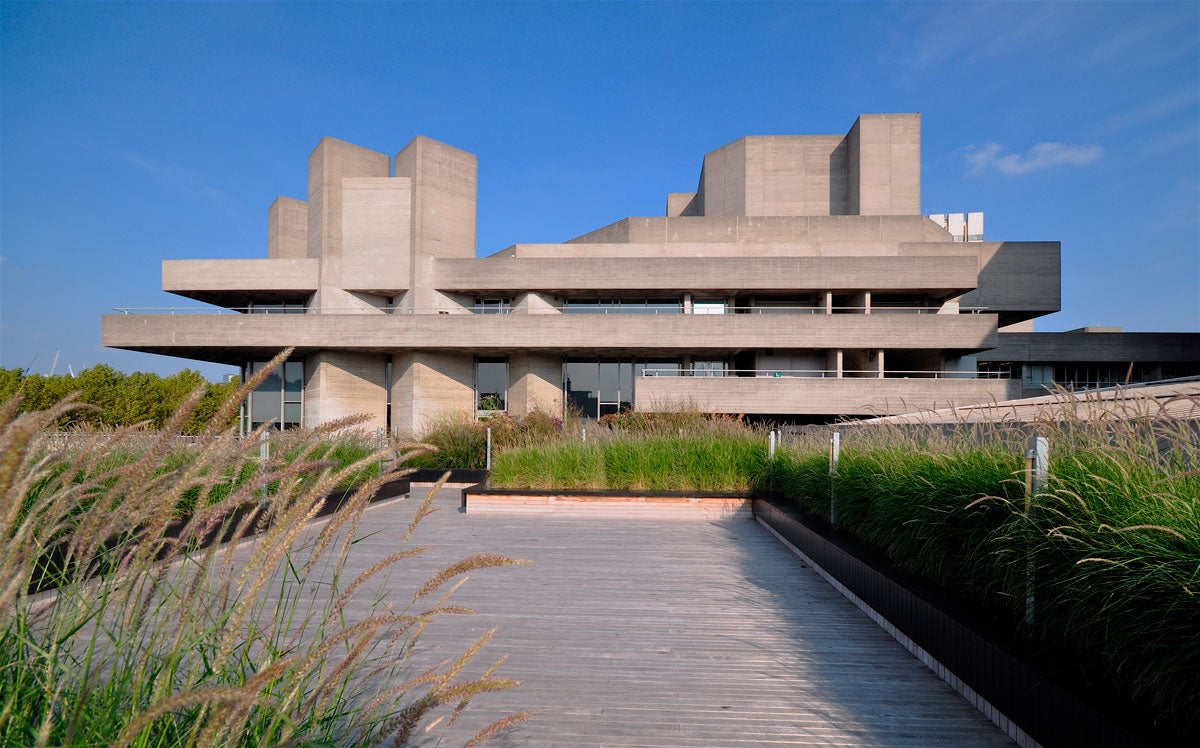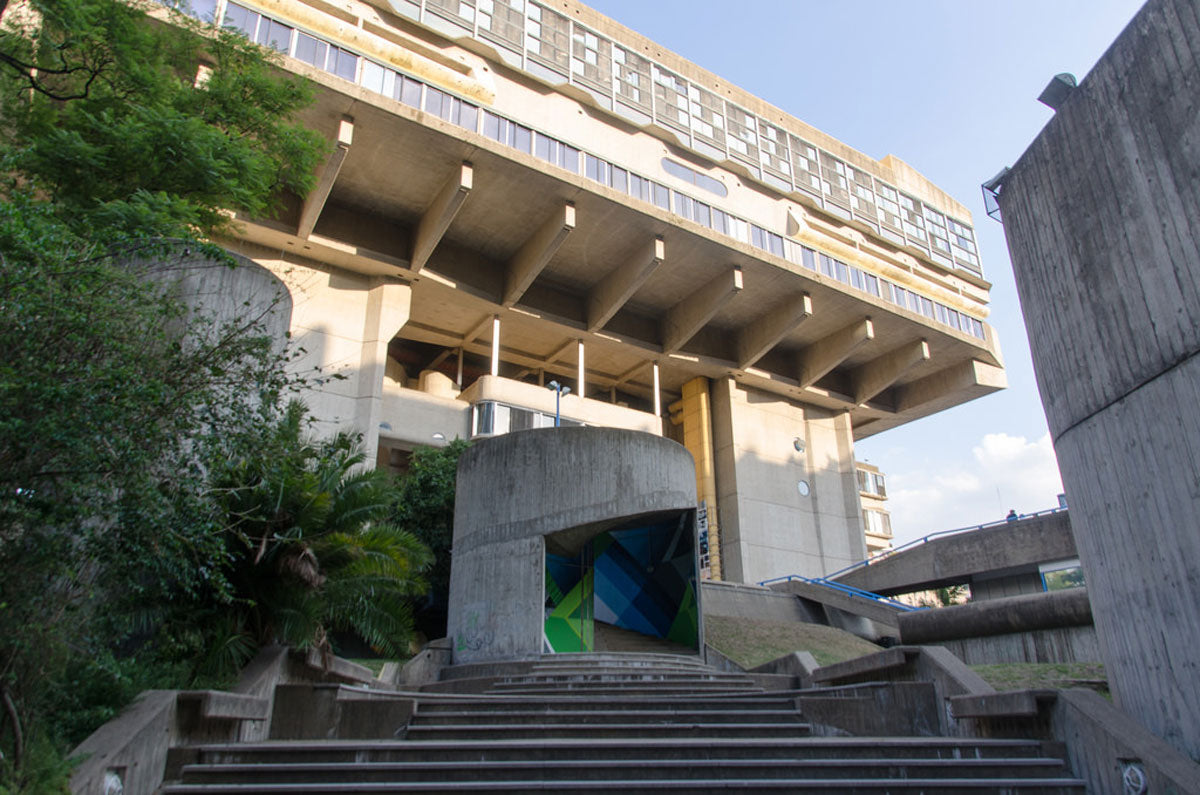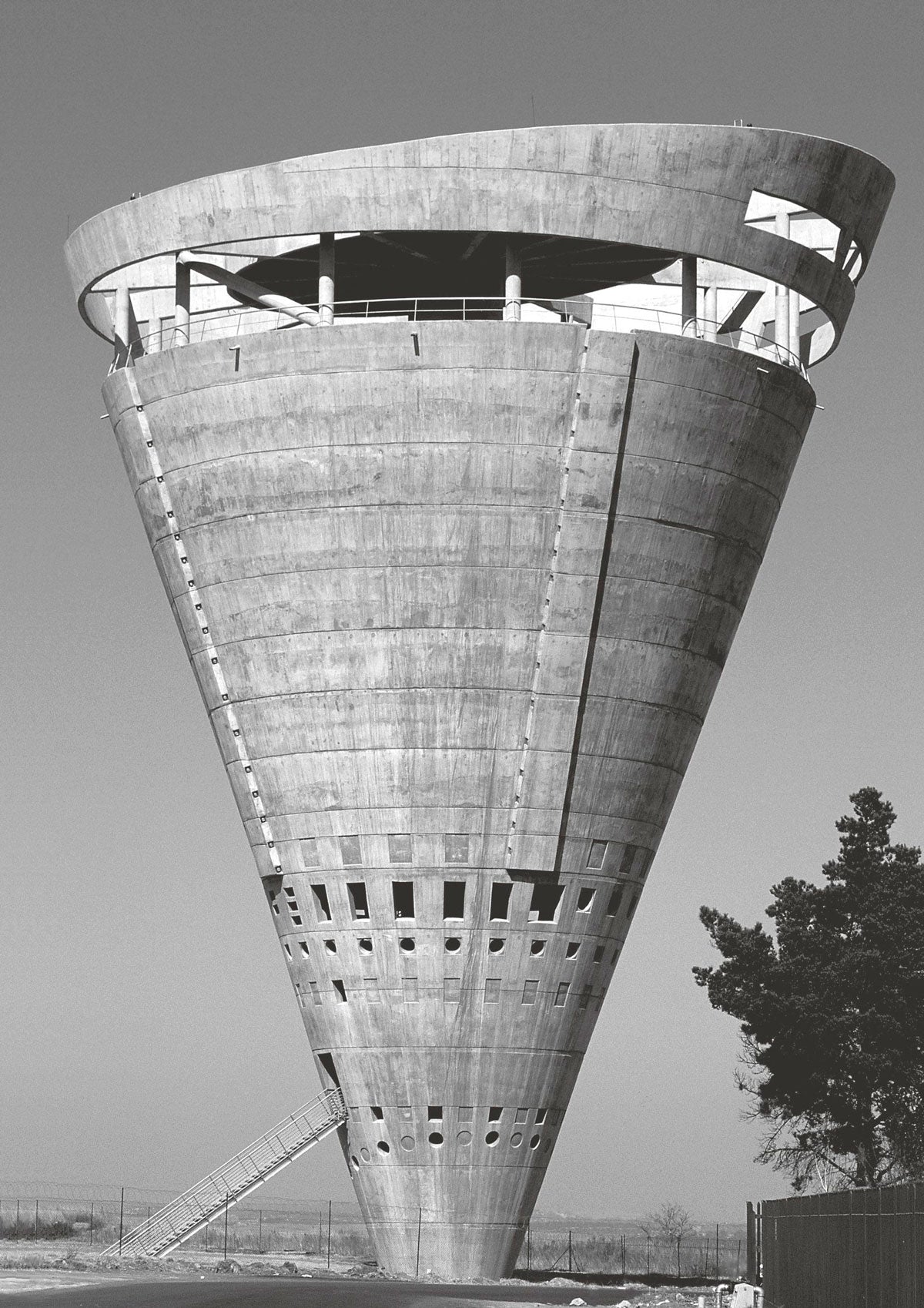Concrete monsters rise in the landscape of big cities, with strong presence in America, the United Kingdom, and what is formerly known as the Soviet Union. Their style seems to be facing an apocalyptic era and, even though many of them are marked with graffiti and abandoned, they are still an architectural legacy.
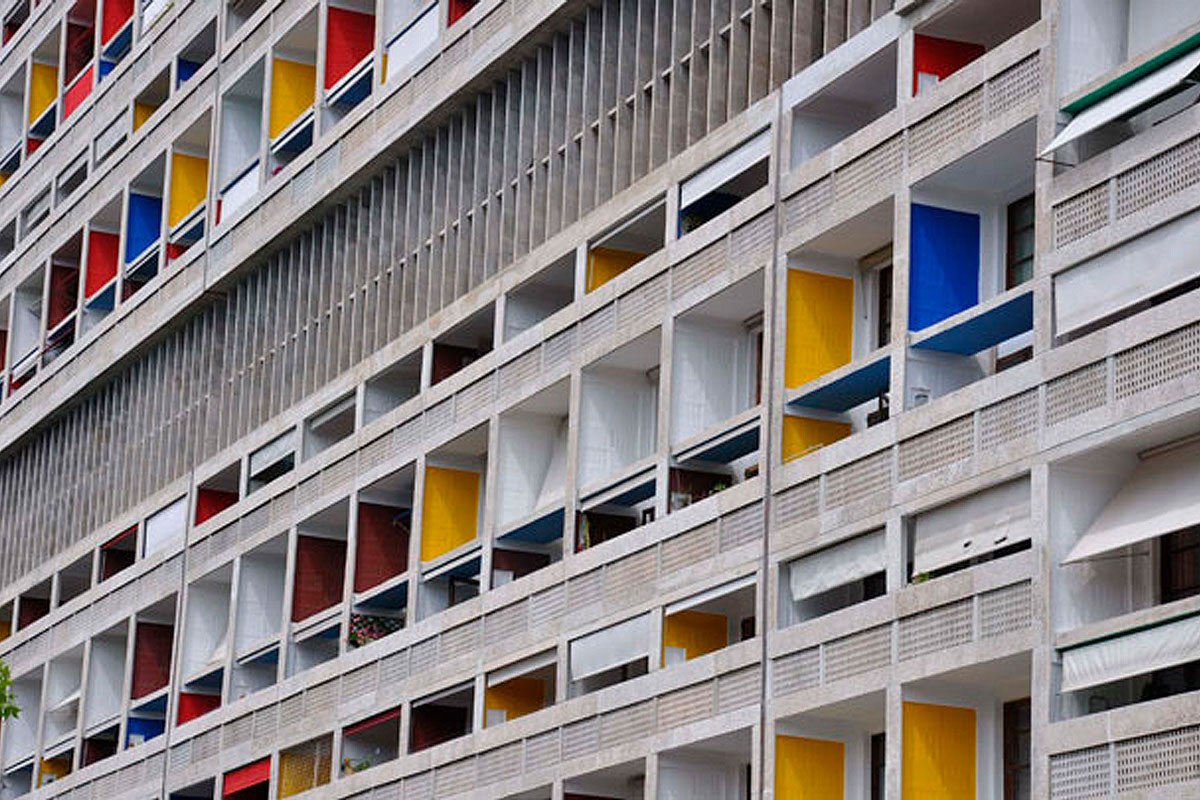
The story begins with Le Corbusier and is born practically in an unintentional way and as a result of his love for concrete. The first building designed by the master after World War II was an apartment complex made with reinforced concrete and whose structure was big enough to put a roof over 1,600 people belonging to the working class. This complex is known as La Unité d’Habitation and is located in Marseille, France. But historically, the term “brutalism” is attributed to the Swedish architect Hans Asplund, who used it to describe Villa Göth’s work, a house designed by Bengt Edman and Lennart Holm in Upsala, Sweden.

In short, Brutalism is a current that emerges after World War II and its fame soared between 1950 and 1980. The movement celebrates architecture in the raw, with no ornaments and showing its basic elements, lots of concrete, and exposed structures to show the origin.
Following the “form follows function” trend, Brutalism reflects uniformity. Buildings look like what they are, buildings, in a scream against the eclectic, shiny, and frivolous. Brutalist constructions are made of repeated modular elements that create functional areas, where concrete is shown free of pretensions.
As time went by, these buildings showed their bad aging process and, as if taken from a dystopia, turned into the perfect canvas for vandalism, some people say they are the symbol of human abandonment. Being born during the postwar period, they made evident that there were money issues and political problems, a crisis that sooner rather than later left them forgotten, neglected, and many of them on their way to being demolished.
When the 80’s came, Brutalism was left in the past, postmodern architecture made its way forward thanks to technological advances, and so the current was completely abandoned. Or, almost completely… it looks like it is back, or perhaps it never left. But, why? How is it that a style that was so criticized and ridiculed is back and becomes trend in a blink of an eye? Is it that we miss those concrete monsters, so hard to destroy and almost impossible to modify in a world that is constantly changing? Could that be the reason we go back to what we already know, to find stability in a time when life goes by so fast?

